Insights
Biodiversity
How can we integrate urban biodiversity into our transportation systems?
-
Pierre Darmet
Director of Marketing, Communication, and Business Development at Les Jardins de Gally
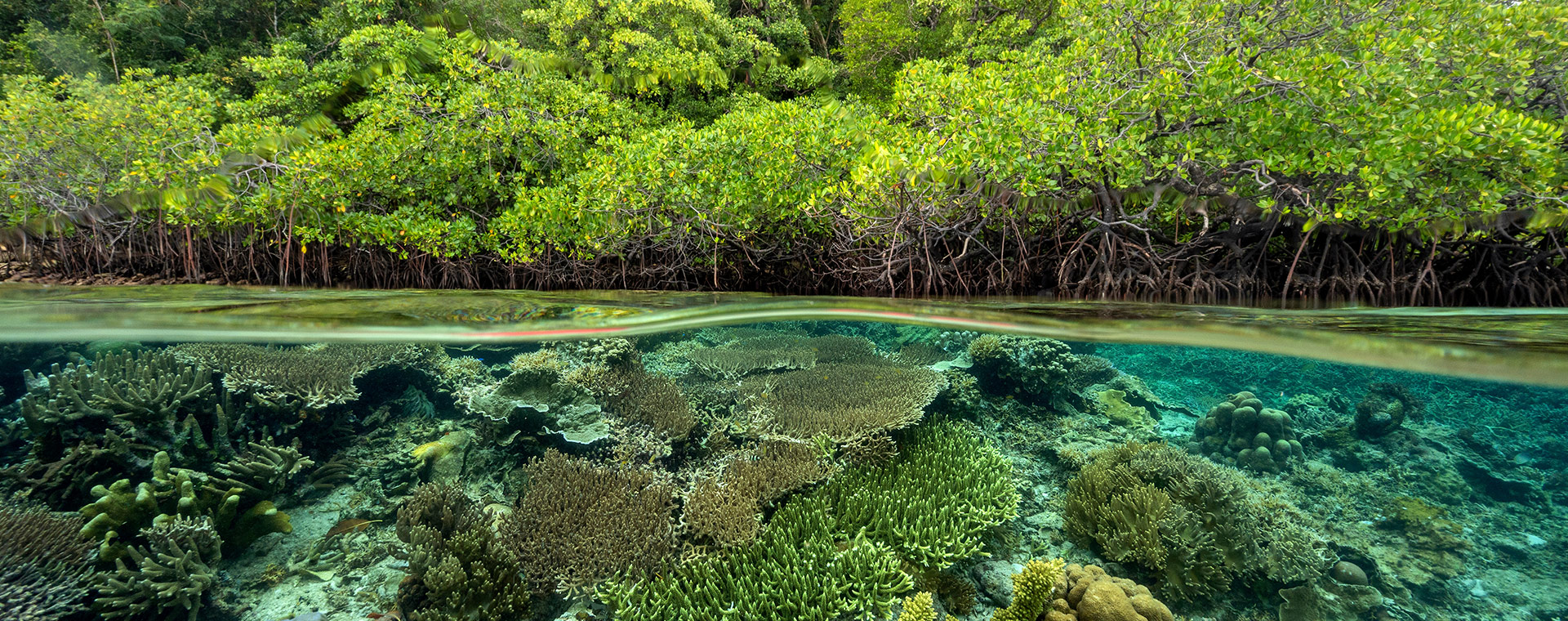
Today, we are not just dealing with biodiversity loss; we are witnessing a true collapse.
To limit the impact of mobility on biodiversity, we must first and foremost work with what we’ve already got. As opposed to building new infrastructure, working with available resources is the most effective approach to tackle the primary forces causing biodiversity to collapse.
These pressing issues include environmental fragmentation, i.e. land-use change. From an ecological perspective, ecosystem size plays a crucial role in maintaining a habitat. The more a natural ecosystem is artificially fragmented, the less large and small species can move around. In France, this fragmentation translates into the multiplication of railways and roads. As a result, the introduction of new motorway projects can spark environmental concerns. This is the case of the controversial A69 Toulouse-Castres freeway project, which involves the felling of 200-year-old plane trees. To prevent this kind of tension, we need to work with what we’ve already got, without creating new road infrastructure or even widening existing ones.
Secondly, we need to improve our measurement of grey biodiversity, which encompasses the combined impact of various activities on natural ecosystems. When it comes to automobile fleet electrification, our strategy shouldn’t merely move pollution elsewhere. Rather than damaging ecosystems elsewhere, we need to focus on solutions that extend the lifespan of equipment or convert thermal cars into electric vehicles.
Last but not least, transport infrastructure renovation projects must integrate biodiversity policies which protect water, soil and vegetation. The emergence of pedestrian, bus and bike lanes must systematically incorporate vegetation. Through the rise of artificial intelligence and car-sharing, we can optimize the number of vehicles on the roads to transform temporary green roads into permanent ones. These are the first steps needed to support the sustainable transformation of mobility.
-
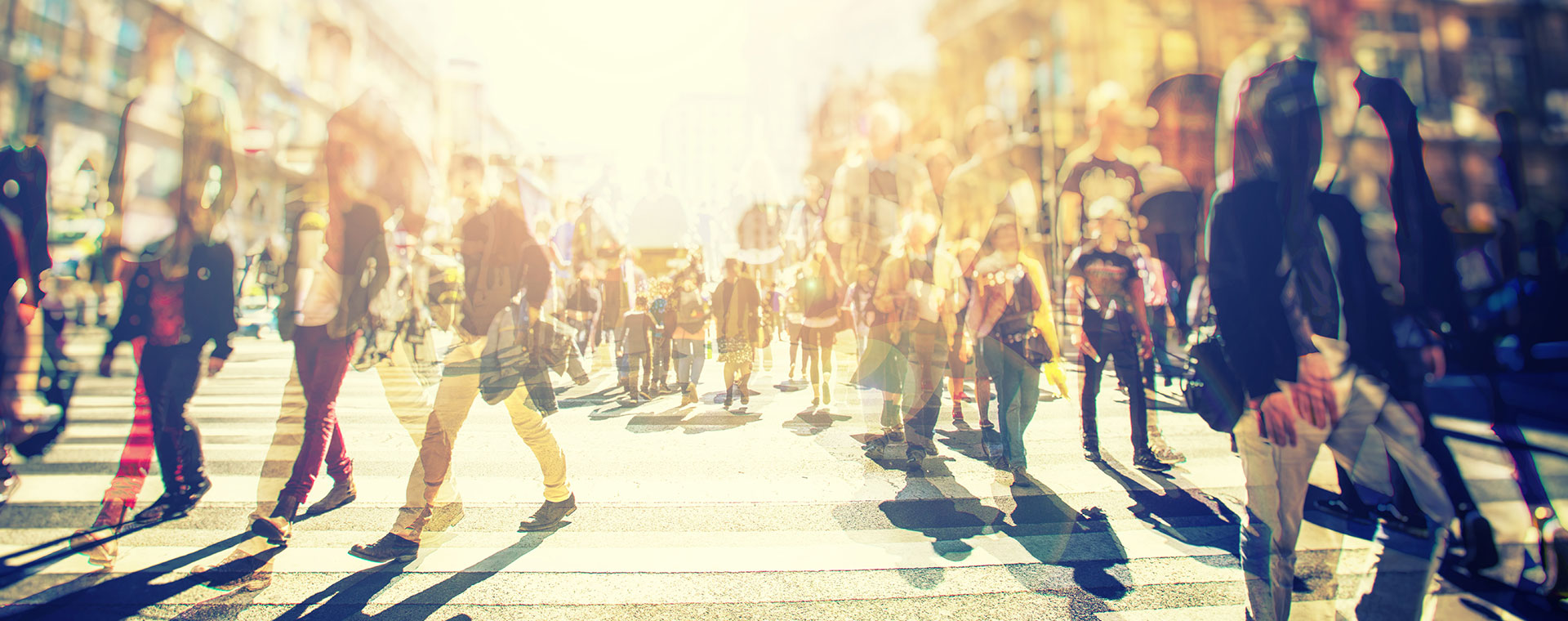 Interview
Design
Interview
Design
How can individuals improve their urban environment?
Zeina Nazer, Co-founder of Cities Forum and vice president of ITS UK Road User Charging Forum
-
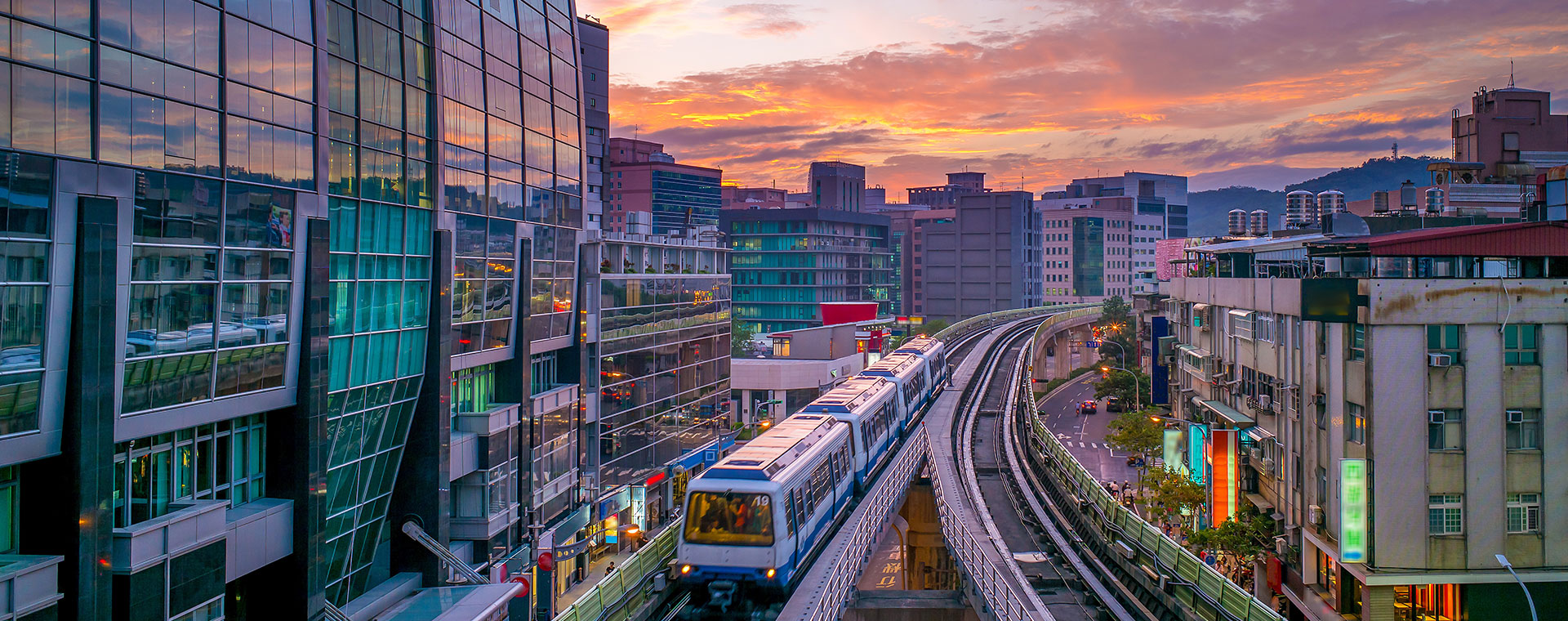 Insights
Design
Insights
Design
Mobility of tomorrow and urban design: do citizens have a say in what their cities look like?
Edith Maruéjouls, Founder of the Design Office L'ARObE
A city that adopts an inclusive approach to urban planning is one that rethinks the status of women and the gendered nature of public spaces. -
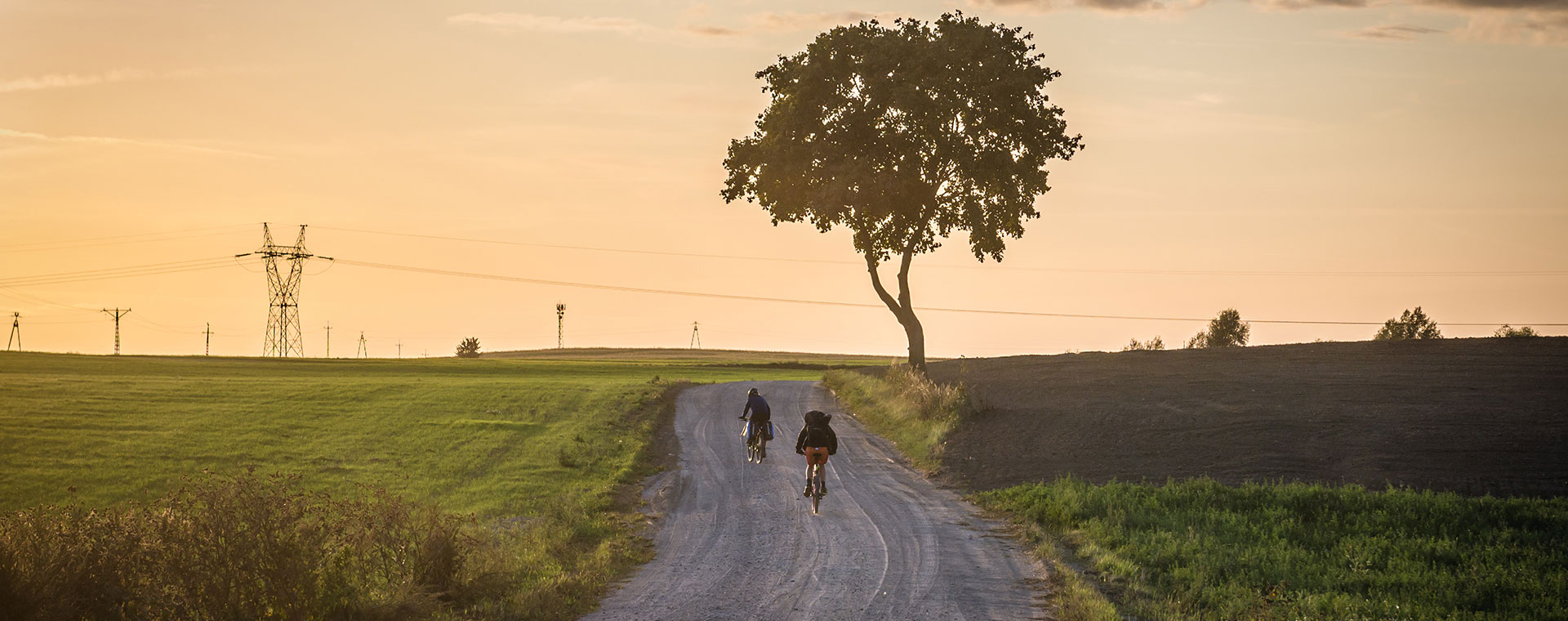 Interview
Decarbonization
Interview
Decarbonization
How will rural areas adapt to the shift towards carbon-neutral mobility?
Caulfield Brian, Professor in transportation and Head of Department at Trinity College Dublin, Expert to the National Transport Authorithy (Ireland)
-
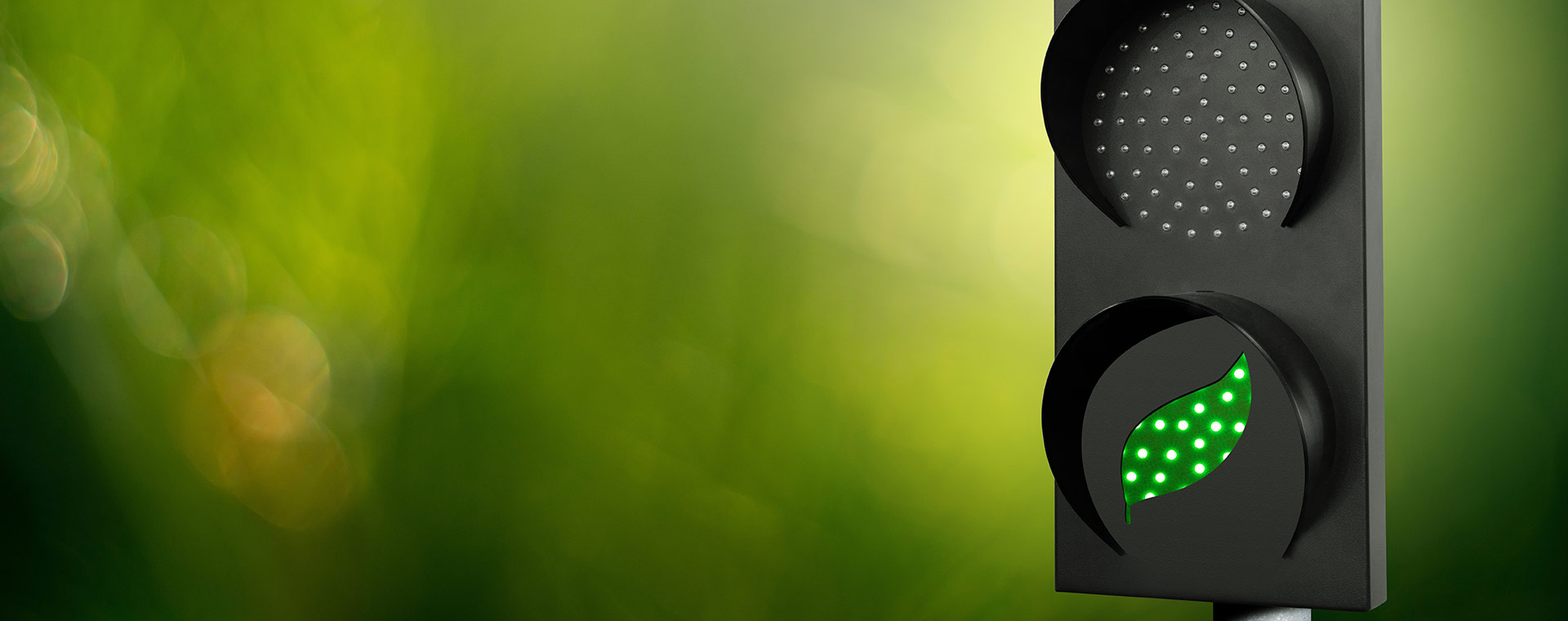 Edito
Landscapes
Edito
Landscapes
What landscapes will we be able to contemplate from the windows of our public transit vehicles?
Jean Pierre Thibault, Director of the French section of the International Council on Monuments and Sites
When designing transportation structures, we must not neglect their visual impact. -
 Edito
Walking
Edito
Walking
Is walking the primary form of urban mobility?
Jim Walker, Founder Walk21 Foundation
Tomorrow’s urban mobility will be much like todays in that walking will continue to be an essential part of trips.


